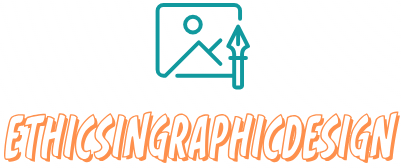How to Design Effective Signage
Designing effective signage is essential for capturing attention, conveying information, and achieving your desired goals. Here are some key tips to create impactful and successful signage:
Clear and concise message
Keep your message straightforward and easy to understand. Use concise language and prioritize the most important information. Avoid clutter and unnecessary details that can confuse or overwhelm readers.
Readability
Use fonts that are easy to read from a distance. Choose fonts that are legible and appropriate for the message and audience. Ensure there is enough contrast between the text and background colors for maximum visibility. Consider the size of the sign and the viewing distance to determine the optimal font size.
Eye-catching visuals
Incorporate eye-catching visuals to grab attention and enhance the impact of your signage. Use high-quality images, illustrations, or graphics that are relevant to the message and help convey your intended meaning. Consider using bold colors, bold typography, or visual elements that stand out.
Brand consistency
Ensure your signage aligns with your brand identity, including colors, fonts, and overall style. Consistency in branding makes your signage recognizable, reinforces your brand image, and builds trust with your audience.
Location and placement
Consider the location and placement of your signage for maximum visibility and impact. Be mindful of viewing angles, lighting conditions, and any potential obstructions. Place your signage where it is easily seen and accessible to your target audience.
Use white space effectively
White space, or negative space, is the empty space around the content on the sign. Use white space strategically to create visual balance and draw attention to the main message. Cluttered signage can be overwhelming and less effective, so leave enough space for the message to breathe.
Call to action
Include a clear and compelling call to action to prompt the desired response from viewers. Use action-oriented language that encourages people to take the desired action, such as “Visit Now,” “Call Today,” or “Limited Time Offer.”
Test and evaluate
Before finalizing your signage, test it out to ensure its effectiveness. Get feedback from a diverse group of individuals to gather different perspectives. Make any necessary adjustments based on feedback and evaluate the impact of your signage after it is implemented.
Remember that effective signage should be tailored to your specific audience, location, and goals. By following these guidelines and continuously refining your approach, you can create signage that captures attention, communicates effectively, and drives desired outcomes.



